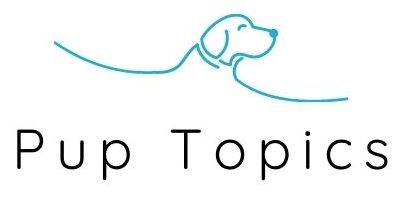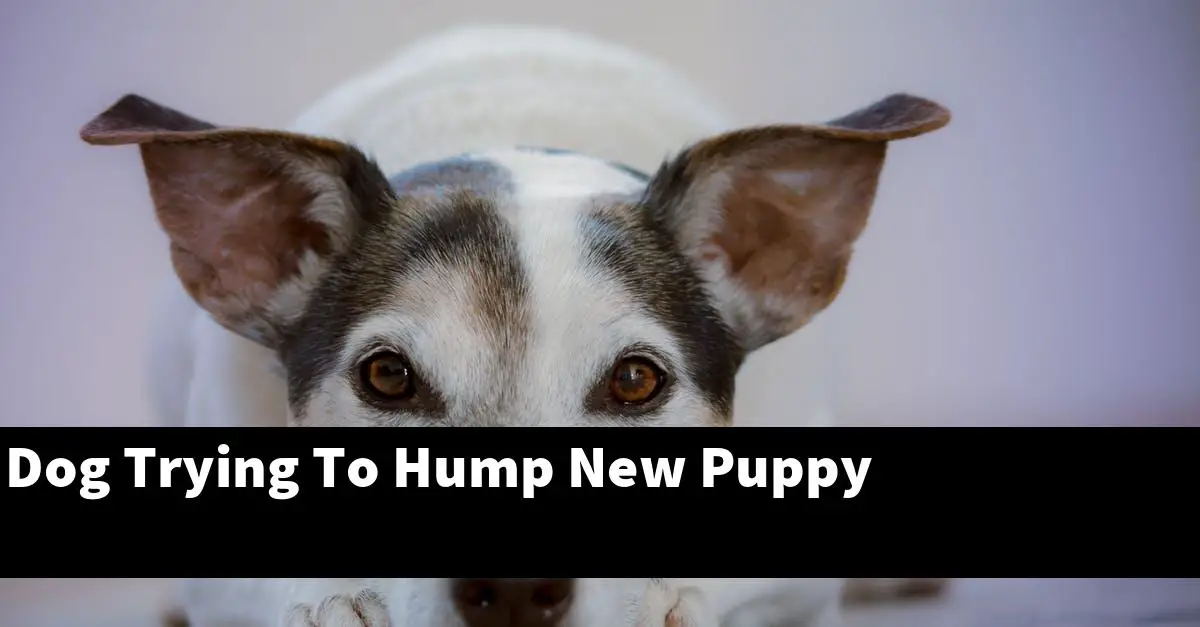Why does my dog try to hump the new puppy?
The dog is attempting to mate with the new puppy. This is a natural behavior for dogs, and is not indicative of any sort of aggression or dominance.
The article is going to be about a dog that is trying to hump a new puppy.
Table of Contents
Why is my dog trying to hump my new puppy?
There are a few reasons why your dog may be trying to hump your new puppy. One reason could be that your dog is trying to assert dominance over the puppy. Humping is a way for dogs to show dominance and control over another dog. Another reason could be that your dog is simply trying to play with the puppy.
Humping can be a way for dogs to play and have fun. If your dog is humping the puppy in a playful way, you’ll likely see that your dog is also wagging its tail and has a relaxed body. If you’re concerned about your dog’s behavior, it’s best to consult with a professional dog trainer or behaviorist.
What can I do to stop my dog from humping my new puppy?
If your dog is humping your new puppy, it is likely that he is trying to assert dominance over the puppy. To stop your dog from humping your new puppy, you will need to assert your dominance over your dog. You can do this by being the alpha leader of your pack. The alpha leader is the one who is in charge and makes the rules.
You can be the alpha leader by being the one who feeds your dog, walks your dog, and controls where your dog goes. You should also be the one who decides when it is time to play and when it is time to stop playing. If you are the alpha leader, your dog will look to you for guidance and will be less likely to hump your new puppy.
Why does my older dog hump my new puppy?
There are a few reasons that an older dog may hump a new puppy. One possibility is that the older dog is trying to assert dominance over the puppy. Humping is a way for dogs to show dominance and establish their place in the pack hierarchy. If the older dog is feeling threatened by the new puppy, he may hump the puppy to show that he is the top dog.
Another possibility is that the older dog is simply trying to play with the puppy. Humping can be a way for dogs to engage in play behavior. It may be that the older dog is just trying to have some fun and doesn’t realize that the puppy is not enjoying it.
If the older dog is humping the puppy excessively or if the puppy seems to be in distress, it is best to consult with a veterinarian or animal behaviorist. They can help you determine the cause of the behavior and provide guidance on how to stop it.
Why is my dog trying to mount the new puppy?
When two dogs meet for the first time, they will often engage in what is known as “sniffing.” This is their way of getting to know one another and figure out what the other dog is all about. However, sometimes this sniffing can lead to something else – mounting.
When a dog mounts another dog, it is usually a way of asserting dominance over the other dog. It is their way of saying, “I am the alpha here.” The act of mounting can also be a sign of sexual interest. In some cases, a dog may mount another dog simply because they are excited or happy.
If your dog is mounting the new puppy, it is likely because they are trying to establish dominance over them. It is important to let your dog know that this behavior is not acceptable. If you catch your dog in the act, you can scold them and tell them “no.” You may also want to consider separating the two dogs until they have had a chance to get to know each other better.
Conclusion
It’s normal for dogs to hump. Humping is a way for dogs to show dominance, to relieve stress, or to simply get attention. If your dog is humping a new puppy, it’s likely because he’s trying to assert his dominance over the puppy. This is especially true if the humping is accompanied by growling or other aggressive behaviors.
If your dog is humping a new puppy, you should supervise them closely and make sure they have plenty of toys and chew toys to keep them occupied. If the humping persists, you may need to consult with a professional trainer or behaviorist to help your dog learn how to appropriately interact with other dogs.


